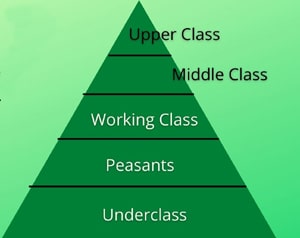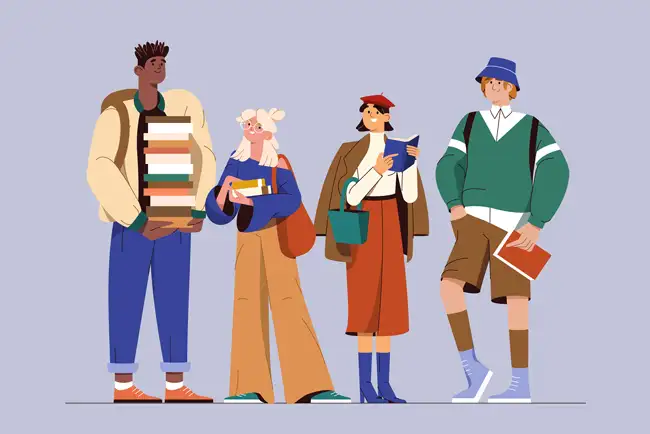Politeness in sociolinguistics and pragmatics with examples and clear explanations written by Dr. Mohammad Hossein Hariri Asl with a video tutorial narrated by the author.
Video of politeness in sociolinguistics
Dictionary definition of politeness
Behaving and speaking in a way that is correct for the social situation you are in and showing that you are careful to consider other people’s needs and feelings
Definition of politeness in linguistics
- The expression of social distance between speakers and hearers
- The way “face” works
- The socially prescribed nature of politeness
- A fixed concept related to the idea of polite behavior or etiquette within a culture
- The accurate awareness of the addressee’s face, i.e. public self-image
Definition of face in sociolinguistics

- The emotional and social sense of self that everyone has and expects everyone else to recognize
- The public self-image of a person
- How one sees oneself
Loss of face: If this image is not accepted by the other participants, feelings may be hurt and there is a consequent loss of face.
Face work: Efforts by the participants to communicate a positive face and to prevent loss of face (proposed by Goffman)
Face want: Expectations to be respected concerning one’s self-image or face
Face threatening act: Something that is said or expressed representing a thread to another individual’s expectation regarding his/her self-image or face
Face saving act: The utterances expressed to lessen the possible threats to a person’s face
Negative face wants: The need to be independent, to have freedom of action and to not be imposed on by others
Positive face wants: The need to be accepted and loved by others, to be treated as a member of the same group, to know that his/her wants are shared by others, a need to be connected
Negative politeness: A face saving act, which is oriented to the person’s negative face that tends to show difference, importance of other’s time or concerns and includes an apology for the imposition and/or interruption
Positive politeness: A face saving act, which is concerned with the person’s positive face and tend to show solidarity, common goals, equality and egalitarianism
Solidarity vs. Power: Social relationships between speakers and addressees are on the ground of the degree of intimacy, togetherness, familiarity and formality. (Roger Brown, a social psychologist)
The application of the 3 styles

- High Style: This style is basically used among the aristocrats or anyone at the highest level of society who wants to give the appearance of elegance and also among highly educated people.
- Middle Style: This style is rudimentarily used by town-dwellers who are not close friends or by peasants addressing superiors. Village-dwellers would also use this level with very high superiors since they cannot be expected to have any knowledge of the high style.
- Low Style: This is the style that all children learn firstly regardless of social class origin. Everyone uses this style on some occasions, even close acquaintances of the highest classes.

Tutoyer vs. Vouvoyer: They are two different pronouns in many languages such as: Persian (to, shoma), French (tu, vous), German (du, sei), Old English (thou, you), Latin (tu, vos), Russian (ty, vy), Italian (tu, lei), Greek (esi, esis), etc. Both of them mean you. They reflect the degree of solidarity or power between the speaker and the hearer in a conversation.
Self and other: In the process of making a request, the person who makes a request is self and the person who is asked for a request is other.
Say nothing: The process of making a request through trying to make your problem recognized without uttering even a single word.
Say something (off record): You say something but you don’t make a request or ask for anything directly.
Say something (on record): You directly address the other person and express your need.
Bald (on record): This is the most direct approach to saying something on record.
Pre-sequences: In making a request, one way of avoiding risk is to provide an opportunity for the other person to halt the potentially risky act by the help of a pre-request.
References
- Hudson, R.A. (1996). Sociolinguistics. (2nd Ed.). Cambridge University Press.
- Richards, Jack C; Schmidt, Richard. (2002). Longman dictionary of language teaching & applied linguistics. (3rd Ed). Longman Group UK.
- Wardhaugh, Ronald. (1990). An introduction to sociolinguistics. Basil Blackwell Ltd.
- Yule, George. (1996). The study of language. (2nd Ed.). Cambridge University Press.
- Yule, George. (1996). Pragmatics. Oxford University Press.




We respond to all comments immediately. View the 30 newest comments and new topics in forums.